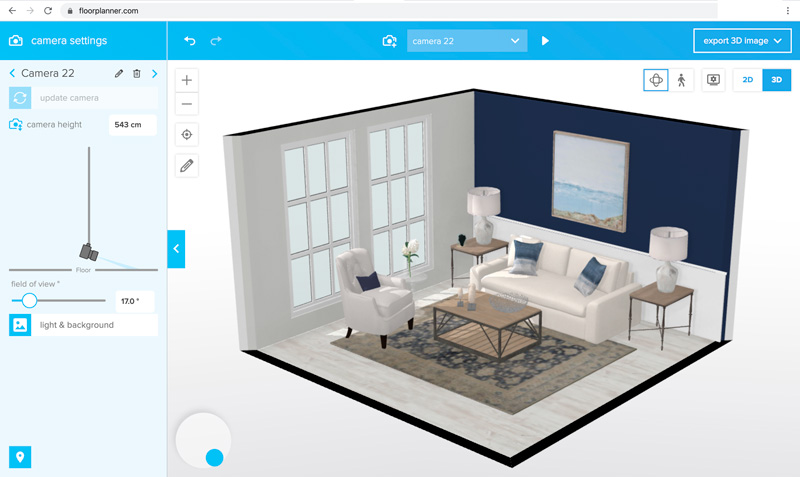
Actually, Figure (a) is a bit confusing because instead of Fermi levels E_f1 and E_f2, the chemical potentials of the contacts, mu_1 and mu_2, should be pictured. The hole itself is also a mathematical construction helping us to avoid using negative values for mass in the simple equations (the effective mass for conduction occurring through the unoccupied electron states in the valence band would be negative, if we didn't invert the charge).

Hence: it is just a practical mathematical construction aimed at simplifying equations (in a similar manner as the reciprocal lattice, for example). Again, physicists like simple things, so one often expresses the effective mass as a constant x electron mass, although this has very little (or nothing) to do with the actual physics of the situation. Going through the math (see any solid state physics textbook) allows you to write F = m x a, where the force is charge x electric field, but the mass is no longer the mass of the electron, but reflects the curvature of the conduction band bottom (for electrons) or valence band top (for holes), as it is inversely proportional to the second derivative of the energy as a function of k.

But, if one wants to write a similar relation for a charge carrier in a crystal lattice, the situation changes.
Layouteditor sin free#
For a free electron, the mass in the latter is just the electron mass. Insert as many columns as you like within the section.The concept of effective mass follows from physicists' love for simple relations such as Ohm's law (current density = conductivity x electric field intensity) or Newton's second law of motion (acceleration = force / mass).
Find the Section macro, select it and insert it onto the page. In the Confluence editor, choose Insert > Other Macros. To add a section and some columns to a page: The Section and Column macros are useful if you want to define a specific percentage or pixel width for each column. Within each section, you can have as many columns as you like. You can have as many sections as you like. The Section macro defines an area that will contain the columns. You can use the Section and Column macros to add a set of columns to the page. If a column includes an item that's too wide for it, you'll see a horizontal scroll bar when viewing the page. In most cases, Confluence will adapt the width of the columns to fit the width of the page. The icons in the drop-down menu indicate the relative widths for each layout. Very wide tables – The width of each column is set to a percentage of the page width. If you need more than three columns, or columns of a specific width, you should use the Section and Column macros described below. Column width – The width of the columns are a fixed percentage. When you publish the page the layout will be removed. If you need to remove all layouts from a page, move all the content into one section, and set that section to be a single column. The section and all of its content will be removed. Place your cursor in the section you wish to remove. The section and all of its content will be moved above or below other sections on the page. Choose the Move up or Move down buttons. Place your cursor in the section you wish to move. To move a section to another part of the page: When you increase the number of columns, Confluence will add blank columns to the right of your existing content. When you decrease the number of columns, Confluence will move your content to the left.  Choose a layout from the page layout toolbar (for example, two columns or three columns)Īny text, images or macros in your section are not lost when you change the column layout. Place your cursor in the section you wish to change. To change the column layout in a section: The new section appears below your current content, with the boundaries of the section(s) indicated by dotted lines (the dotted lines aren't visible when you view the page). Choose the Page Layout button in the toolbar. Start by adding a horizontal section to your page. Screenshot: Editor view of a page showing three sections with different column configurations. By adding multiple sections with different column configurations you can build quite complex layouts very easily. The page layouts tool allows you to structure your page using horizontal sections and vertical columns.
Choose a layout from the page layout toolbar (for example, two columns or three columns)Īny text, images or macros in your section are not lost when you change the column layout. Place your cursor in the section you wish to change. To change the column layout in a section: The new section appears below your current content, with the boundaries of the section(s) indicated by dotted lines (the dotted lines aren't visible when you view the page). Choose the Page Layout button in the toolbar. Start by adding a horizontal section to your page. Screenshot: Editor view of a page showing three sections with different column configurations. By adding multiple sections with different column configurations you can build quite complex layouts very easily. The page layouts tool allows you to structure your page using horizontal sections and vertical columns.







 0 kommentar(er)
0 kommentar(er)
